1,4-Diacetoxybenzene
- CAS NO.:1205-91-0
- Empirical Formula: C10H10O4
- Molecular Weight: 194.18
- MDL number: MFCD00011643
- EINECS: 214-887-9
- SAFETY DATA SHEET (SDS)
- Update Date: 2024-12-18 14:15:30

What is 1,4-Diacetoxybenzene?
Chemical properties
whitefinecrystallineflake
Properties of 1,4-Diacetoxybenzene
| Melting point: | 121-123 °C(lit.) |
| Boiling point: | 290.62°C (rough estimate) |
| Density | 1.2534 (rough estimate) |
| refractive index | 1.5430 (estimate) |
| storage temp. | Inert atmosphere,Room Temperature |
| form | powder to crystal |
| color | White to Almost white |
| Water Solubility | INSOLUBLE |
| BRN | 1912233 |
| CAS DataBase Reference | 1205-91-0(CAS DataBase Reference) |
| NIST Chemistry Reference | Hydroquinone, diacetate(1205-91-0) |
| EPA Substance Registry System | 1,4-Benzenediol, diacetate (1205-91-0) |
Safety information for 1,4-Diacetoxybenzene
| Signal word | Warning |
| Pictogram(s) |
 Exclamation Mark Irritant GHS07 |
| GHS Hazard Statements |
H315:Skin corrosion/irritation H319:Serious eye damage/eye irritation |
| Precautionary Statement Codes |
P264:Wash hands thoroughly after handling. P264:Wash skin thouroughly after handling. P280:Wear protective gloves/protective clothing/eye protection/face protection. P321:Specific treatment (see … on this label). P305+P351+P338:IF IN EYES: Rinse cautiously with water for several minutes. Remove contact lenses, if present and easy to do. Continuerinsing. P332+P313:IF SKIN irritation occurs: Get medical advice/attention. P337+P313:IF eye irritation persists: Get medical advice/attention. |
Computed Descriptors for 1,4-Diacetoxybenzene
1,4-Diacetoxybenzene manufacturer
ALS INDIA LIFE SCIENCES
1Y
Phone:+91-8977036379
Whatsapp: +91 8008166674
product: Acetic acid 4-acetoxy-phenyl ester 98%
Anand Agencies
Maharashtra
Phone:91-9075014125
Whatsapp: 91-9075014125
product: Acetic acid 4-acetoxy-phenyl ester
Cns Chemicals
Hyderabad
Phone:91-9381957258
Whatsapp: 91-9381957258
product: Acetic acid 4-acetoxy-phenyl ester
ASM Organics
Andhra Pradesh
Phone:91-9866122393
Whatsapp: 91-9866122393
product: Acetic acid 4-acetoxy-phenyl ester
New Products
(S)-3-Aminobutanenitrile hydrochloride 4-Methylphenylacetic acid N-Boc-D-alaninol N-BOC-D/L-ALANINOL Tert-butyl bis(2-chloroethyl)carbamate 3-Morpholino-1-(4-nitrophenyl)-5,6-dihydropyridin- 2(1H)-one Furan-2,5-Dicarboxylic Acid Tropic acid 1-Bromo-3,5-Di-Tert-Butylbenzene S-2-CHLORO PROPIONIC ACID ETHYL ISOCYANOACETATE 2-Bromo-1,3-Bis(Dimethylamino)Trimethinium Hexafluorophosphate 4-IODO BENZOIC ACID 3-NITRO-2-METHYL ANILINE 1-(2,4-DICHLOROPHENYL) ETHANAMINE (2-Hydroxyphenyl)acetonitrile 4-Bromopyrazole 2-(Cyanocyclohexyl)acetic acid 4-methoxy-3,5-dinitropyridine 1-(4-(aminomethyl)benzyl)urea hydrochloride 2-aminopropyl benzoate hydrochloride diethyl 2-(2-((tertbutoxycarbonyl)amino) ethyl)malonate tert-butyl 4- (ureidomethyl)benzylcarbamate Ethyl-2-chloro((4-methoxyphenyl)hydrazono)acetateRelated products of tetrahydrofuran


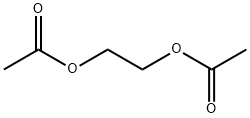


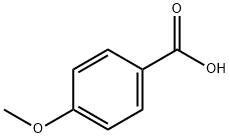
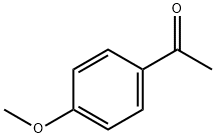

You may like
-
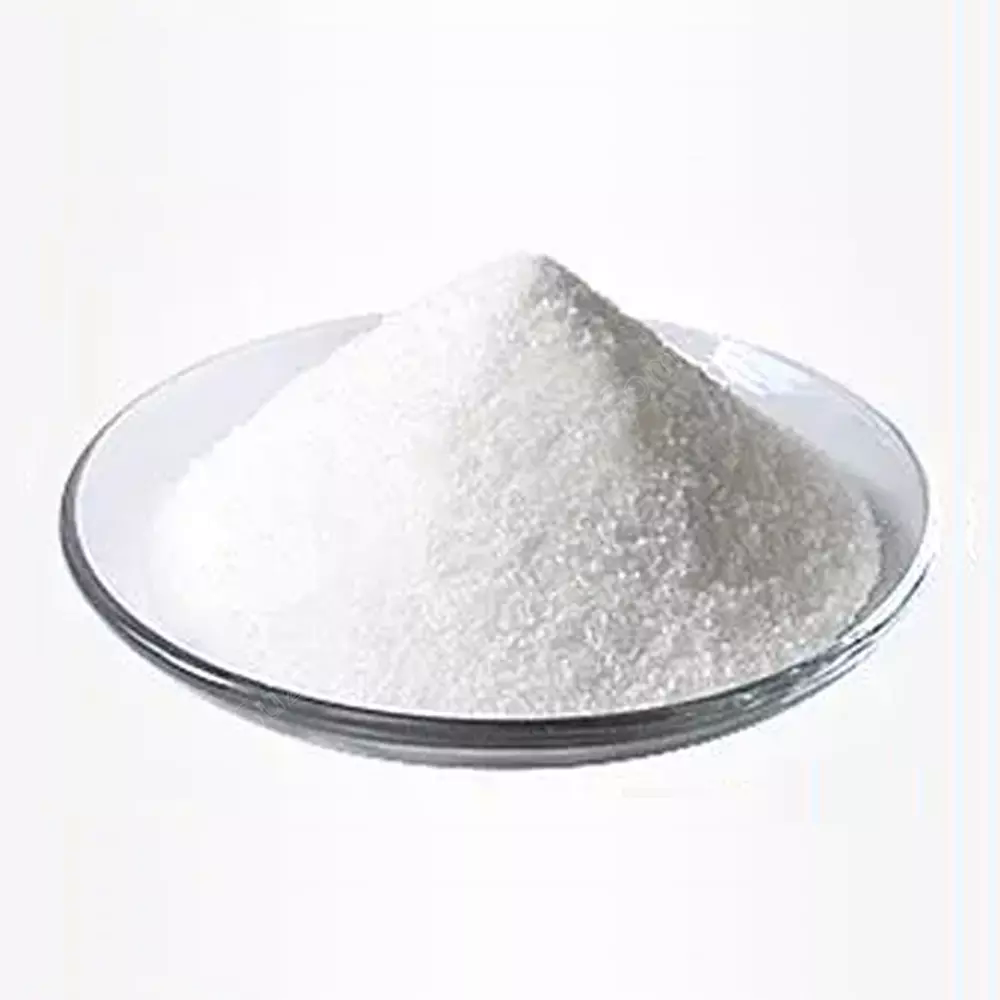 1205-91-0 Hydroquinone diacetate-98+% 99%View Details
1205-91-0 Hydroquinone diacetate-98+% 99%View Details
1205-91-0 -
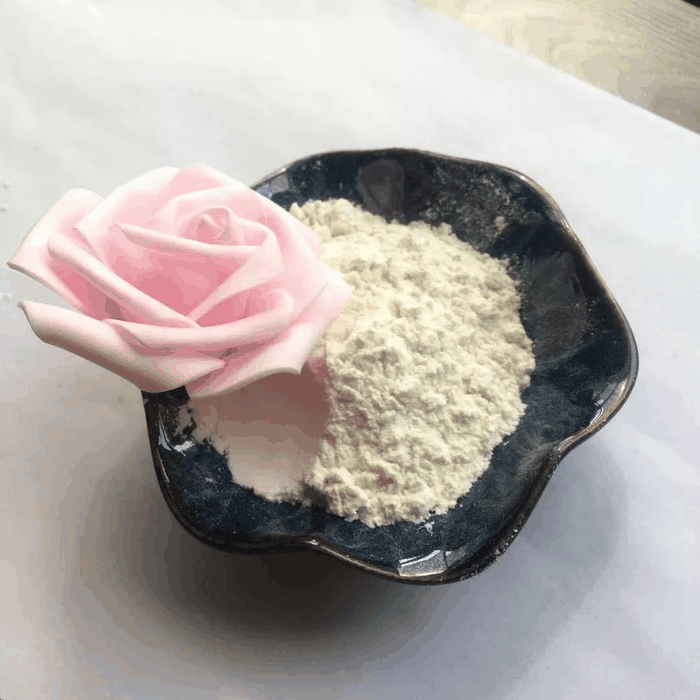 1205-91-0 99%View Details
1205-91-0 99%View Details
1205-91-0 -
 Acetic acid 4-acetoxy-phenyl ester 98%View Details
Acetic acid 4-acetoxy-phenyl ester 98%View Details
1205-91-0 -
 1,4-Diacetoxybenzene CAS 1205-91-0View Details
1,4-Diacetoxybenzene CAS 1205-91-0View Details
1205-91-0 -
 1975-50-4 98%View Details
1975-50-4 98%View Details
1975-50-4 -
 2-HYDROXY BENZYL ALCOHOL 98%View Details
2-HYDROXY BENZYL ALCOHOL 98%View Details
90-01-7 -
 14714-50-2 (2-Hydroxyphenyl)acetonitrile 98+View Details
14714-50-2 (2-Hydroxyphenyl)acetonitrile 98+View Details
14714-50-2 -
 118753-70-1 98+View Details
118753-70-1 98+View Details
118753-70-1
Statement: All products displayed on this website are only used for non medical purposes such as industrial applications or scientific research, and cannot be used for clinical diagnosis or treatment of humans or animals. They are not medicinal or edible.